Take a look at Amsterdam's automats – restaurants with rows of heated vending machines where you can grab a hot snack in seconds
Grace Dean

The exterior of a FEBO store in Amsterdam.Grace Dean/Insider
- Automats are like vending machines where you insert coins or swipe a card to get hot food.
- They boomed in the US in the middle of the last century but have now disappeared.
The last automat in the US - Horn & Hardart - closed in New York in 1991, but a recent trip to Amsterdam showed me that they are still thriving in the Dutch city.
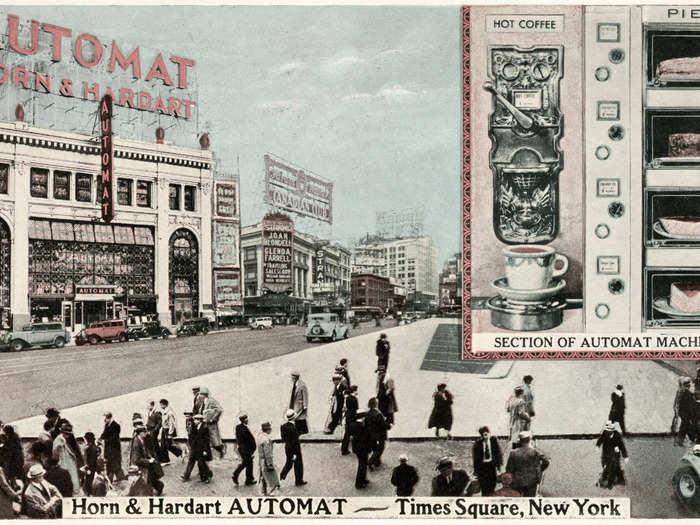
A postcard showing Horn & Hardart's automat. Getty Images
Automats are like self-service vending machines for hot food. They use rows of food lockers, sometimes heated, to store prepared food for customers to collect.
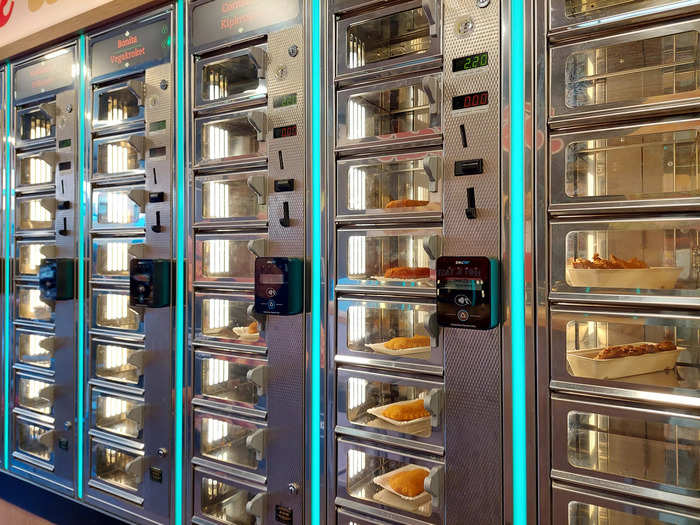
A Snack It store in Amsterdam. Grace Dean/Insider
Individual food lockers sit on top of each other and are lined up in rows, and are topped up throughout the day as products are sold.
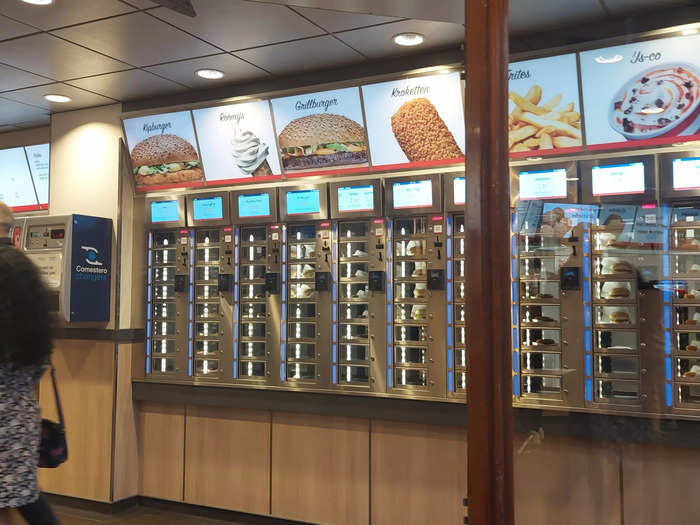
A FEBO store in Amsterdam. Grace Dean/Insider
At the automats I saw in Amsterdam, you could pay by either cash or card.
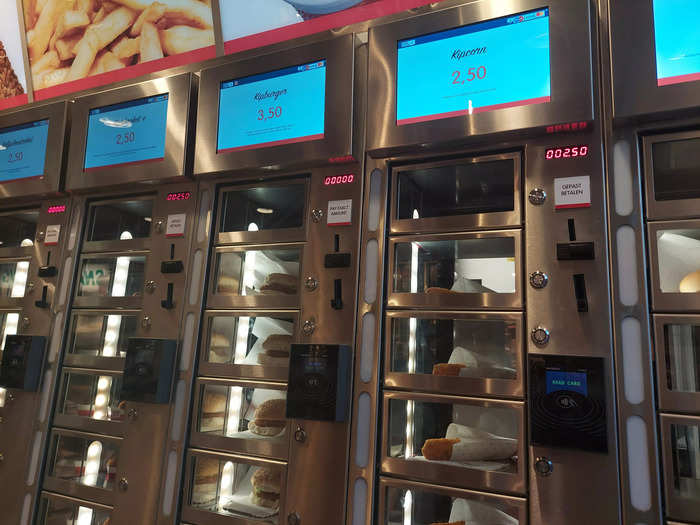
A FEBO store in Amsterdam. Grace Dean/Insider
Some even had coin dispensers that you could use with notes, cards, and payment apps.
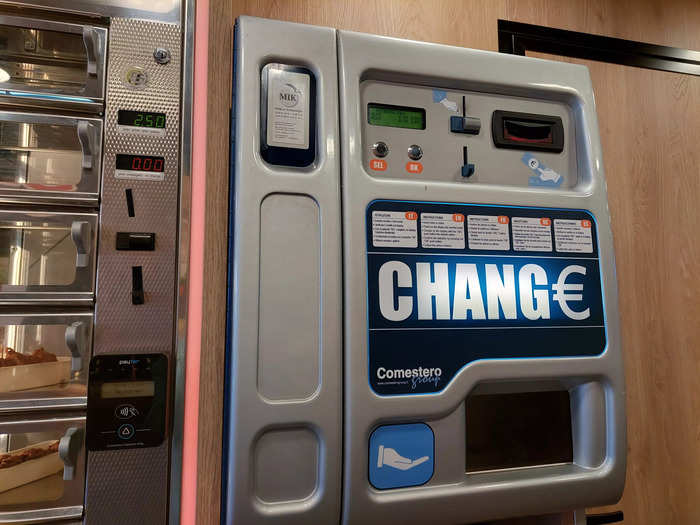
A coin dispenser at a Snack It store in Amsterdam. Grace Dean/Insider
Some of the stores I went to were pick-up only, but most had tables for customers to eat at too.
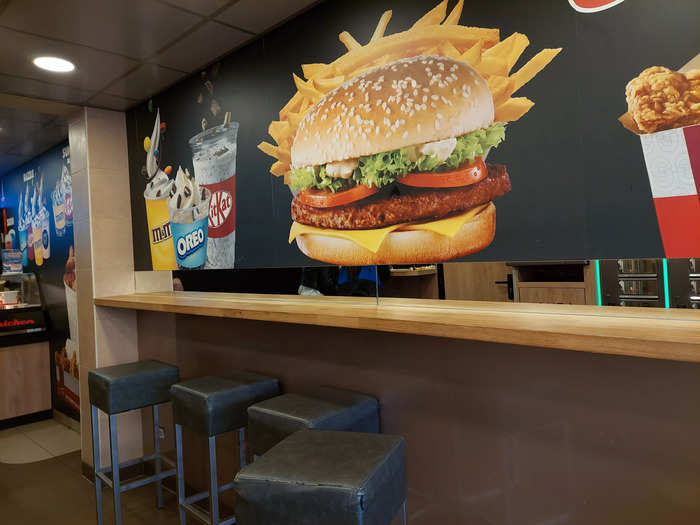
Seating at a Snack It store in Amsterdam. Grace Dean/Insider
Most of them shut in the late evening, but some are open until 3am on weeknights and 4am on Friday and Saturday nights.
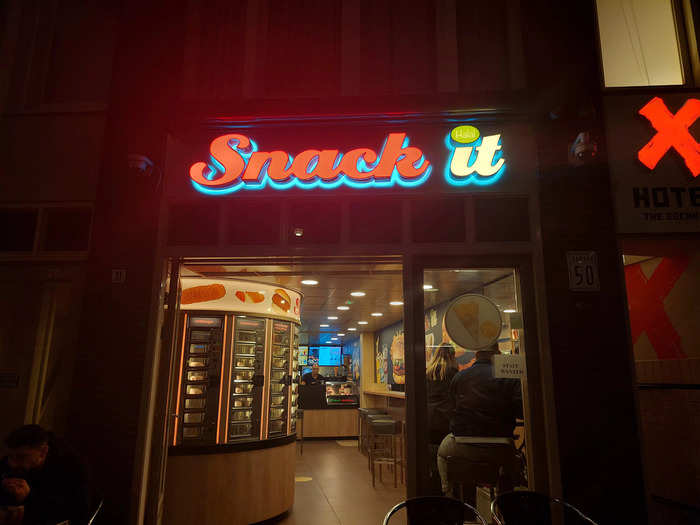
The exterior of a Snack It store in Amsterdam. Grace Dean/Insider
They mainly sell fried fast food, like croquettes, frikandellen, and bitterballen, as well as burgers.
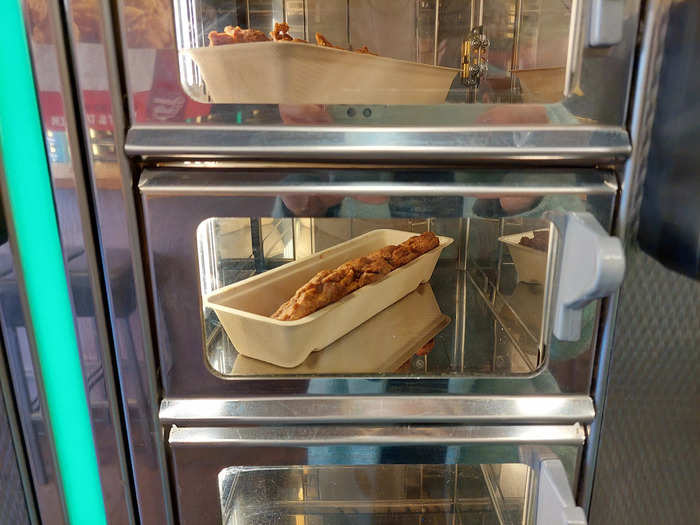
Food on sale at a Snack It store in Amsterdam. Grace Dean/Insider
Many also sell fries, ice-cream, and milkshakes, although these must be ordered at the counter.
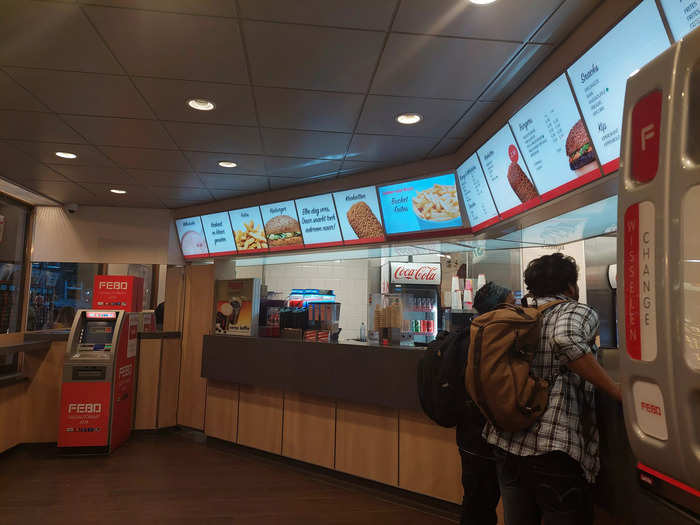
The order counter at a FEBO store in Amsterdam. Grace Dean/Insider
Sometimes I saw staff in the kitchens behind the machines placing new products in empty shelves.
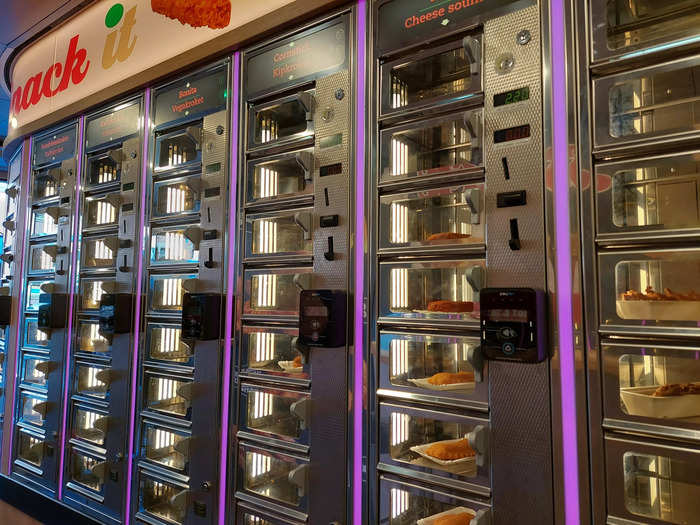
The automats at a Snack It store in Amsterdam Grace Dean/Insider
The world's first automat, made by engineer Max Sielaff, opened in Berlin in about 1895. The restaurant had two walls of coin-operated machines, though heated food wasn't actually stored behind the windows.
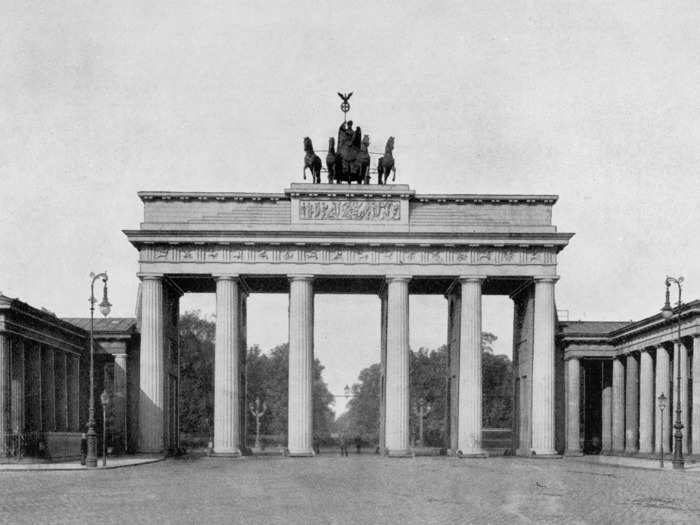
Berlin was home to the world's first automat. Getty Images
Horn & Hardart opened the first US automat in Philadelphia 1902 and went on to dominate the industry stateside. By the 1950s, the company operated almost 50 automats in Philadelphia and more than 100 in New York, and at one point it served 800,000 customers a day.
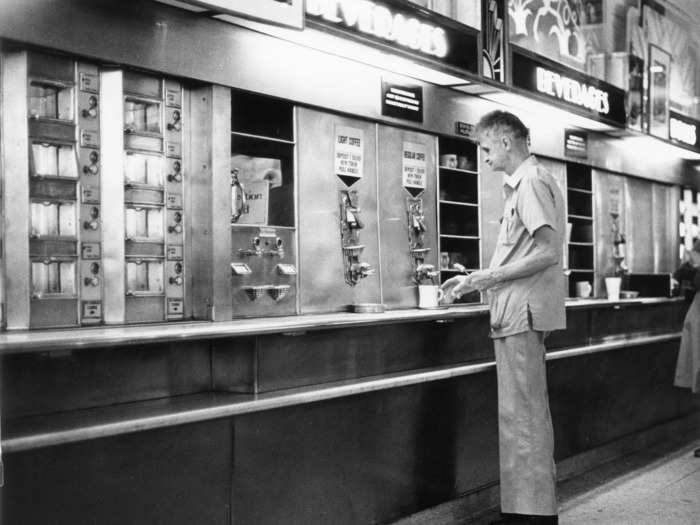
Horn & Hardart once served 800,000 customers a day. Getty images
Sources: Horn & Hardart, The Smithsonian Magazine
"For nearly half a century, Horn & Hardart's automat was the most celebrated food-service system in America," food writers Laura Shapiro and Rebecca Federman wrote. "For the city-dwellers who stopped in for lunch, or spent a long, slow afternoon with coffee and a piece of pie, the automat was as fundamental to ordinary life as the sidewalks and the subway."
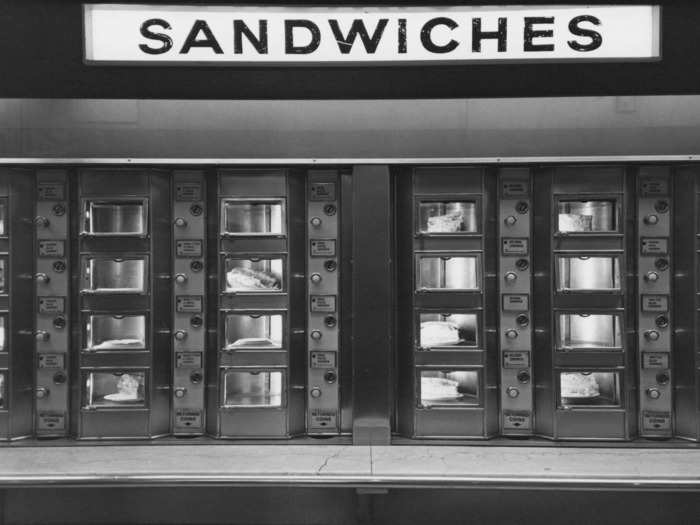
A Horn & Hardart automat in New York City in 1980. Barbara Alper/Getty Images
Items on its menu included pies, sandwiches, salads, stews, and soup. The chain was the first to bring fresh-drip brewed coffee to Philadelphia and New York, and each batch was poured away if it hadn't sold within 20 minutes of being brewed. Horn & Hardart sold 90 million cups of coffee annually in the 1950s, according to the Smithsonian Magazine, and photos of its menu from 1958 show that it sold cigars and cigarettes, too.
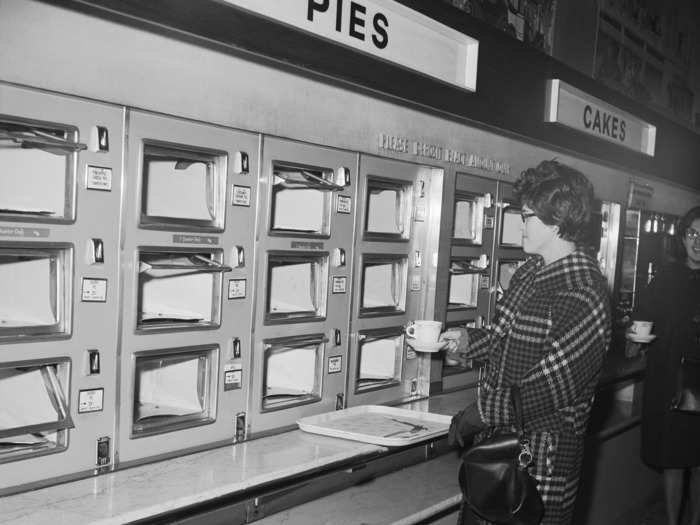
A Horn & Hardart's restaurant in New York in November 1965. Bettmann/Getty Images
The popularity of automats has since dwindled in the US given the growth of fast-food chains and other changes in dining habits. Horn & Hardart's last sites closed in 1991.
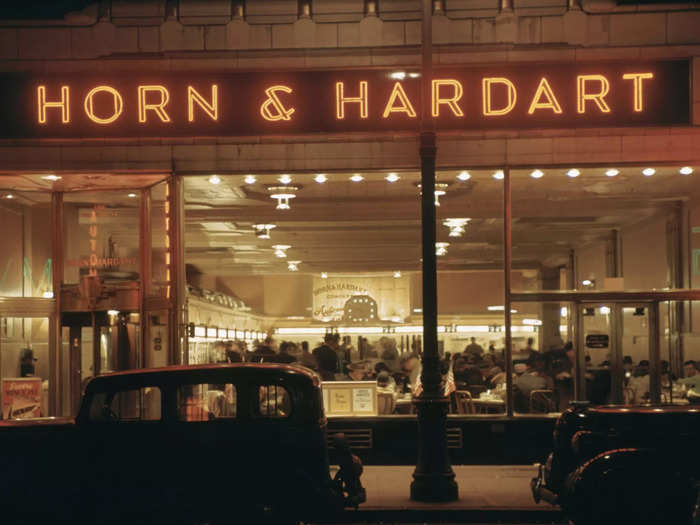
Horn & Hardart closed its last US restaurant in 1991. Andreas Feininger / Getty Images
Eatsa developed a chain of more high-tech alternatives, but it closed in July 2019, too.
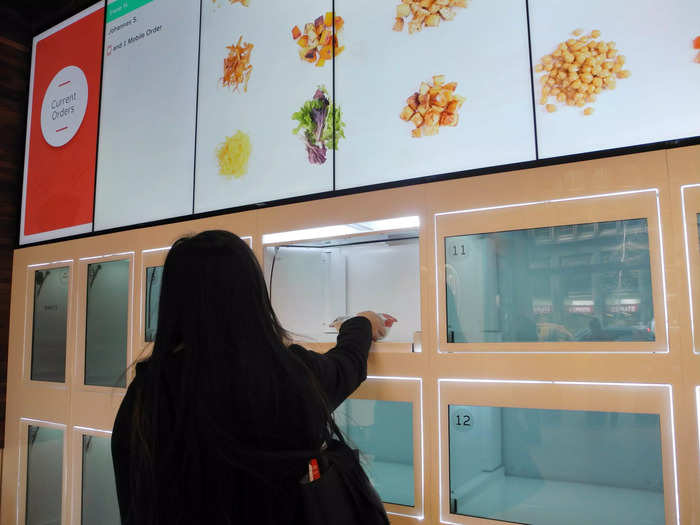
A customer picks up her order at a branch of the robot restaurant Eatsa in New York in 2017. Getty Images
Source: Eatsa
FEBO is the best known chain of automats in the Netherlands, with more than 70 stores across the country, including 30 in Amsterdam alone.
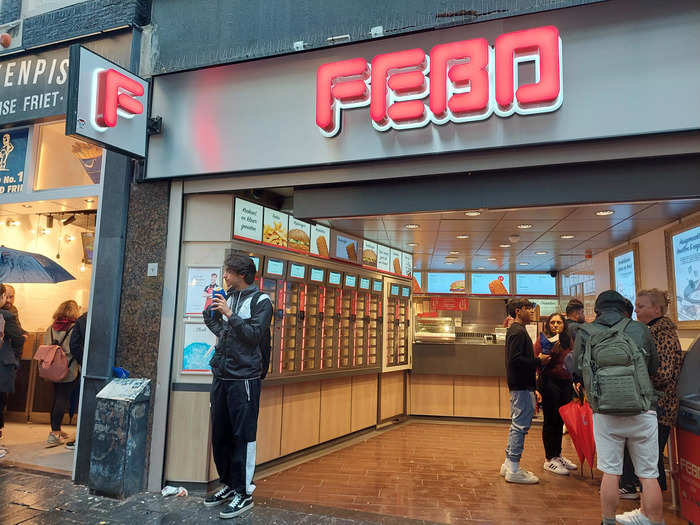
The exterior of a FEBO store in Amsterdam. Grace Dean/Insider
Source: FEBO
The first FEBO site was opened as a bakery and patisserie by confectioner Johan Izaäk de Borst in 1941 near the Olympic Stadium in Amsterdam. Over the years, de Borst became engrossed in making croquettes, and demand was so high that he stopped making confectionary in 1960 and opened an automat which sold croquettes and other snacks. In 1976, de Borst introduced hamburgers to the mix.
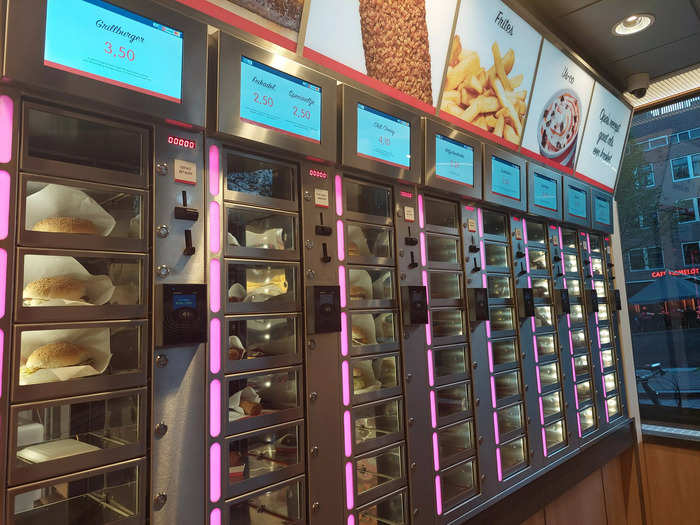
The automats at a FEBO store in Amsterdam. Grace Dean/Insider
Source: FEBO
FEBO says that everything is made fresh in a central factory every day and brought in refrigerated trucks to its stores, and that nothing is frozen. At one FEBO store I went to, hamburgers and chicken burgers cost 3.50 euros ($3.49) each, cheeseburgers were 4.10 euros ($4.09), and croquettes 2.50 euros ($2.49) each.
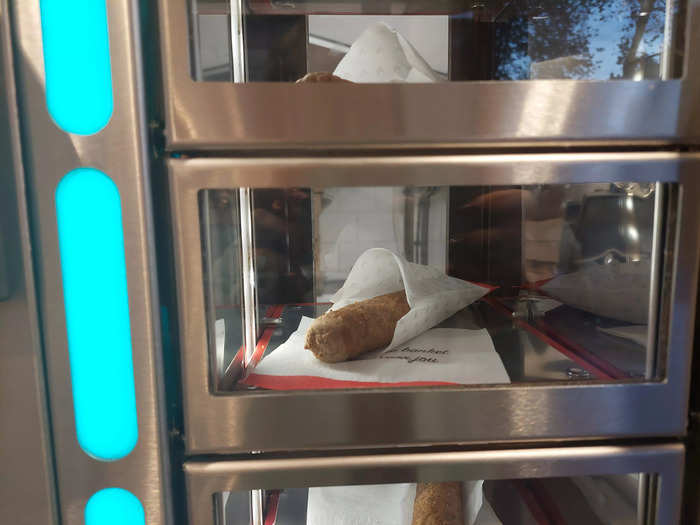
Food available at a FEBO store in Amsterdam. Grace Dean/Insider
Source: FEBO
FEBO also operates drive-thru stores. The first opened in 2016 and there are now seven across the Netherlands. FEBO also offers delivery options.
Smullers, another automat chain, has 27 sites in rail stations across the Netherlands.

The order counter at a Smullers store in Amsterdam. Grace Dean/Insider
Like at FEBO, Smullers' automats had a bright color scheme, but seemed a bit more retro. The company says it focuses on serving food that is cheap, quick, and local.
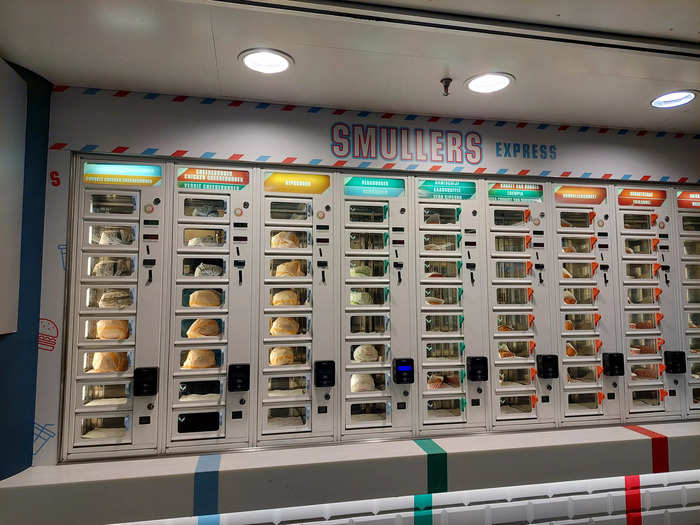
The automats at a Smullers store in Amsterdam. Grace Dean/Insider
I also stumbled across Snack It, an automat restaurant which appeared to be independent. It's located on the Damrak, one of Amsterdam's busiest tourist streets.
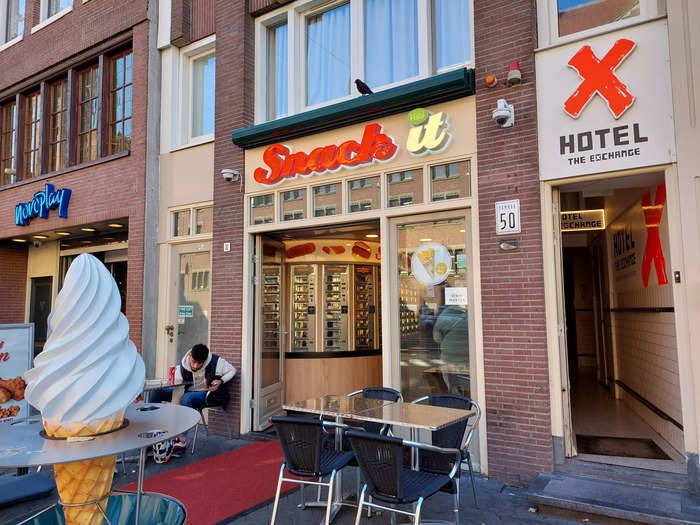
The exterior of a Snack It store in Amsterdam. Grace Dean/Insider
Snack It had a similar design to the other automat restaurants I visited.
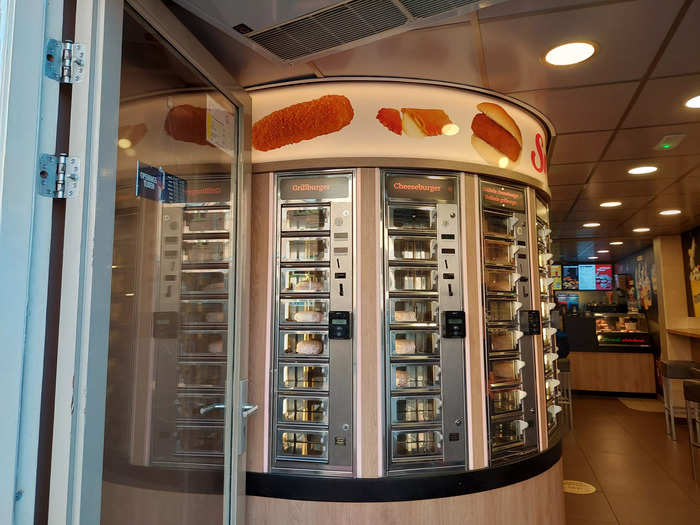
The interior of a Snack It store in Amsterdam. Grace Dean/Insider
The menu was similar, too.
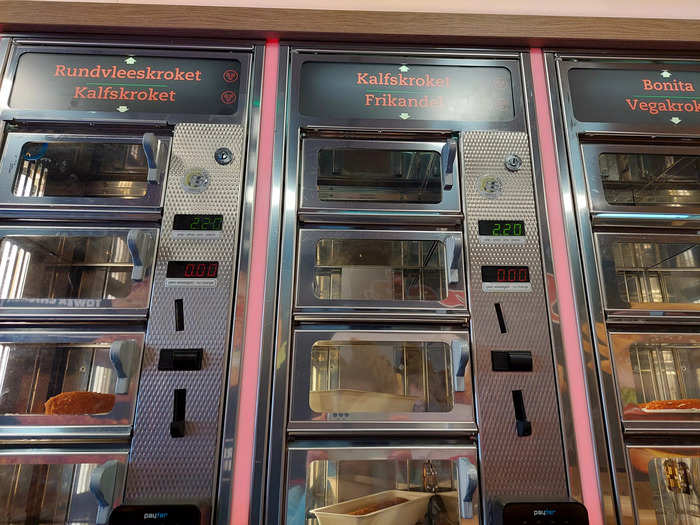
The automats at a Snack It store in Amsterdam. Grace Dean/Insider
The success of the automat in the Netherlands is striking considering Horn & Hardart's dramatic decline in the US. "The Dutch snack culture has been characterized in the past century by three basic elements: fast, accessible, and affordable," FEBO's chief executive told Atlas Obscura. These three traits can be attached to other fast-food chains, too – but automats are even quicker.
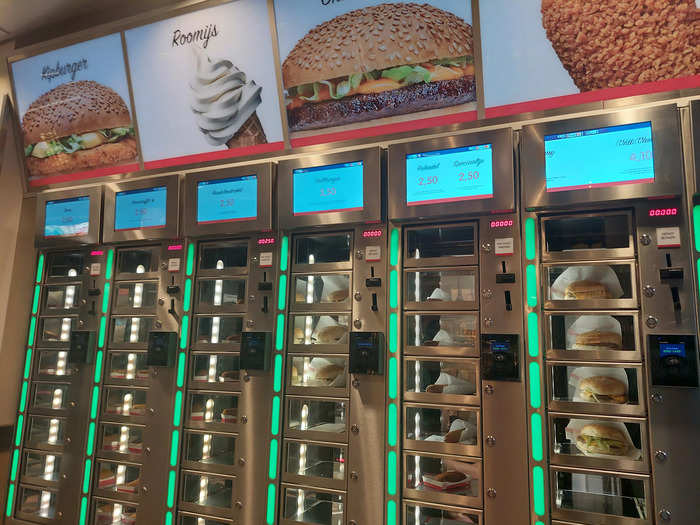
The automats at a FEBO store in Amsterdam. Grace Dean/Insider
Source: Atlas Obscura
READ MORE ARTICLES ON
Popular Right Now
Popular Keywords
Advertisement